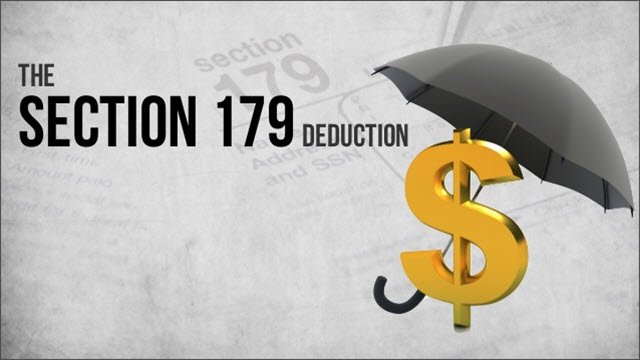
As a business owner, you are likely familiar with the concept of depreciation. Depreciation is a tax-deductible expense that allows businesses to spread out the cost of purchasing and owning an asset over its useful life. This helps businesses save money on their taxes and manage cash flow. To further assist businesses in recouping the costs of large capital purchases, the IRS has introduced two powerful depreciation methods: bonus depreciation and Section 179 depreciation.
Bonus depreciation is a tax incentive that allows businesses to deduct a larger portion of the cost of qualifying assets in the year of purchase. It was introduced in the Tax Cuts and Jobs Act of 2017 and is set to expire in 2026. The current bonus depreciation rate is 100%, meaning a business can deduct the full cost of eligible assets in the year of purchase.

Section 179 depreciation is another powerful tax incentive that allows businesses to deduct the cost of certain property and equipment purchases in the year of purchase. The current Section 179 deduction limit is $1 million, with a phase-out threshold of $2.5 million. This means that businesses can deduct up to $1 million of qualifying assets in one year.
Bonus depreciation and Section 179 depreciation are great ways for businesses to save money on taxes and manage cash flow. They can be used in tandem to maximize the tax benefits of large capital purchases. However, it’s important to note that each has its own set of rules and requirements. Be sure to speak with a tax professional to determine which depreciation method is best for your business.
Disclaimer: The information provided above is not meant to
be legal or tax advise. You should consult your CPA and attorney to
determine the best course of action for your situation.
Mitzi E. Sullivan, CPA is a cloud based professional services provider
specializing in cloud accounting.